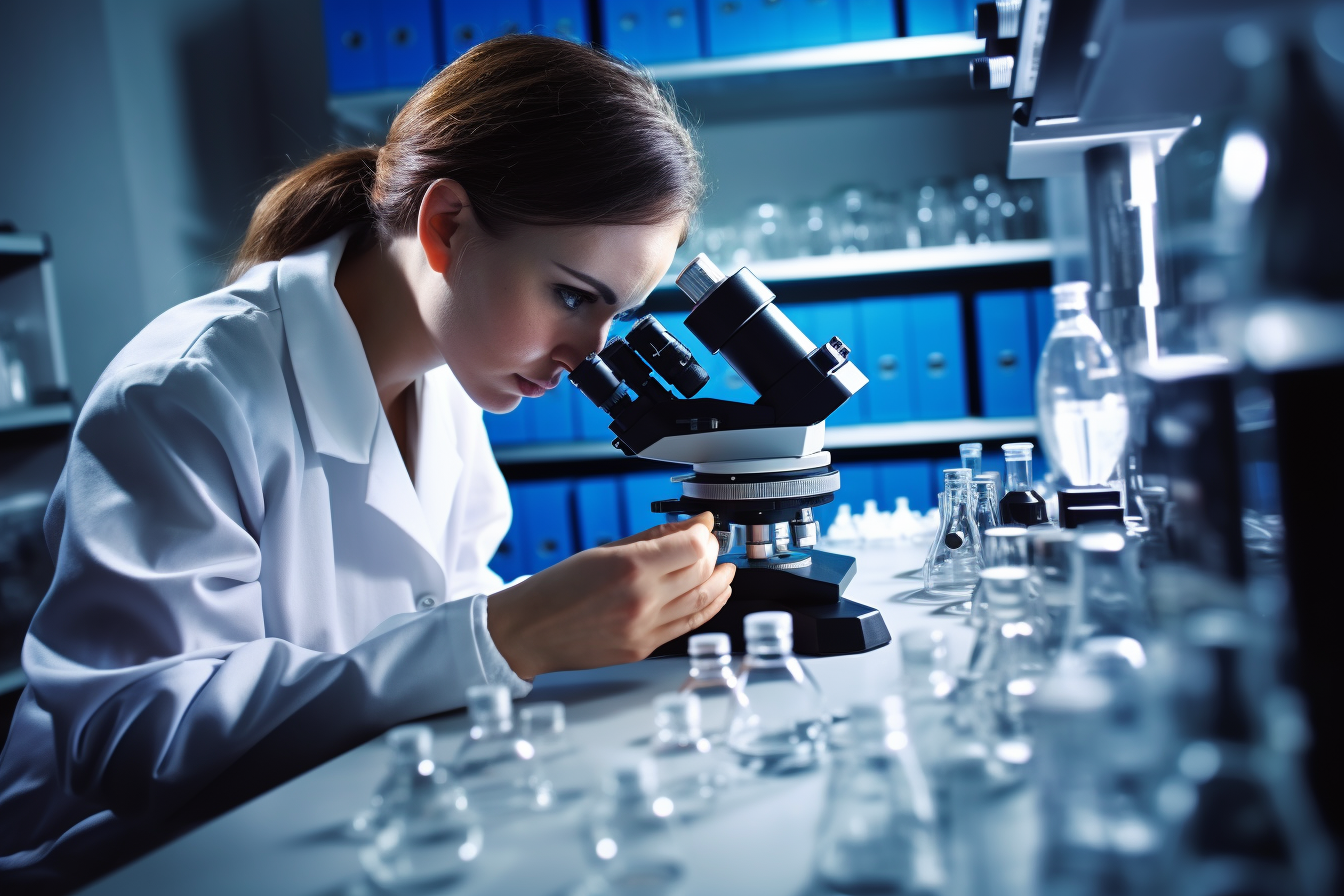When it comes to ensuring the quality and safety of cosmetic products, stability testing plays a crucial role. This process helps manufacturers gain insight into their product’s shelf life, compatibility with packaging materials, and resistance to environmental factors. However, one common concern among business owners is the cost associated with these tests. This article will delve into the various aspects that influence cosmetic stability testing costs and provide useful tips on how to navigate this essential aspect of product development.
The Factors That Affect Stability Testing Costs

Determining the exact cost of stability testing for cosmetics can be challenging as it varies from one product to another, depending on several factors:
- Product complexity: The more complex a product formulation is, the higher its stability testing cost will likely be. Products with multiple active ingredients or those requiring specific storage conditions may require additional tests to ensure they remain stable over time.
- Test duration: Since stability tests need to be conducted over an extended period to accurately predict a product’s shelf life, longer test durations can lead to increased costs.
- Packaging requirements: Products with unique packaging materials or designs may incur additional expenses due to specialized testing procedures needed to assess their compatibility with the product.
- Regulatory compliance: Ensuring compliance with international regulations and guidelines can also increase the overall stability testing cost.
- Third-party laboratories: While some companies have in-house testing facilities, others may need to outsource stability testing to third-party labs, which can result in varying prices depending on the lab and the scope of work involved.
A Closer Look at Stability Testing Procedures and Their Costs
There are several types of stability tests that can be performed on cosmetic products, each with its associated costs. The most common procedures include:
Accelerated Stability Testing
This method involves exposing the product to elevated temperatures and humidity levels to simulate aging over a shorter period. Accelerated stability testing helps predict the product’s shelf life more quickly than real-time testing, but it may not always provide accurate results for all types of products or formulations. The cost of accelerated stability testing generally ranges between $1,000 and $5,000 per product.
Real-Time Stability Testing
As the name suggests, real-time stability testing involves monitoring the product as it ages under normal storage conditions. This method is considered more reliable than accelerated testing but requires longer durations (up to two years) to obtain accurate results. Depending on the test duration and required storage conditions, real-time stability testing costs can range from $3,000 to $10,000 per product.
Packaging Compatibility Testing
This type of test assesses whether the product’s packaging materials are compatible with the formulation and do not affect its stability. Packaging compatibility testing usually includes evaluations like leakage, discoloration, and changes in material properties. These tests can cost anywhere between $500 and $3,000, depending on the complexity of the packaging and the scope of work involved.
Stress Testing
Stress testing subjects the product to various environmental factors such as light exposure, freeze-thaw cycles, or temperature fluctuations to determine how these external conditions impact its stability. The cost of stress testing varies based on the specific tests required and the number of samples tested but typically falls within the range of $500 to $5,000.
What Are the Benefits of Expert Cosmetics Lab Testing Services?
Expert cosmetics lab testing services offer various benefits. These services ensure that cosmetic products undergo thorough analysis, ensuring their safety and effectiveness. By conducting cosmetic lab testing, manufacturers can identify and mitigate potential risks, ensuring that the products meet regulatory requirements. Moreover, this process helps establish consumer trust by providing reliable evidence of product quality.
Tips for Reducing Cosmetic Stability Testing Costs
While stability testing is an essential aspect of product development, there are ways to minimize costs without compromising on quality:
- Conduct preliminary stability assessments: Performing in-house evaluations or small-scale tests before engaging third-party labs can help identify potential issues early, saving time and money in the long run.
- Select appropriate packaging materials: Investing in high-quality packaging that is known to be compatible with your product formulation can reduce the need for extensive compatibility testing.
- Optimize test parameters: Working closely with a knowledgeable lab partner to determine the most relevant test conditions and protocols for your specific product can help eliminate unnecessary expenses associated with redundant tests.
- Bundle services when possible: Some laboratories offer package deals or discounts when multiple tests or services are purchased together. Taking advantage of these offers can result in cost savings.
- Plan ahead: Developing a well-thought-out timeline for stability testing within your overall product development process can help avoid rush fees and expedited testing costs.
In conclusion, understanding the factors that impact cosmetic stability testing costs and implementing strategies to minimize expenses without sacrificing quality can help businesses navigate this critical aspect of product development. By working closely with experienced partners and taking advantage of available resources, cosmetics companies can successfully bring safe, stable, and effective products to market while optimizing their budget.
